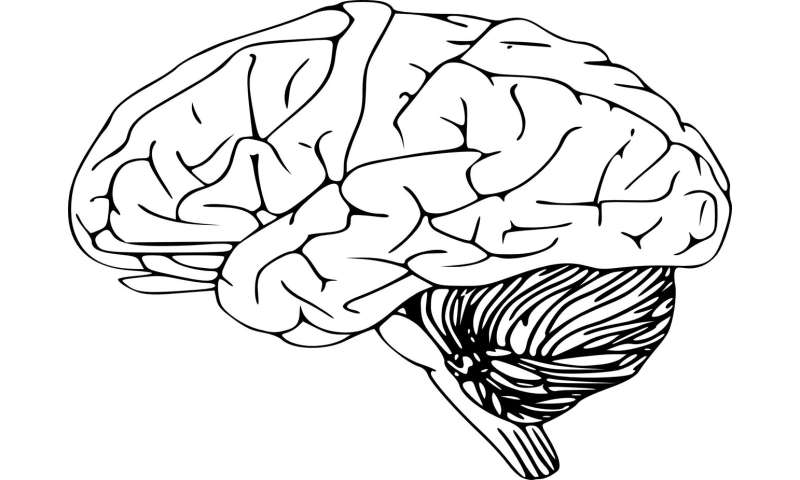Merging the structural and functional information of the brain

The relationship between structure and function is of interest in many research fields involving the study of complex biological processes. For example, it is challenging to infer the function of a protein by looking at its structure.
In neuroscience in particular, the fusion of structural and functional data can help to understand the underlying principles of the operational networks in the brain.
Functional connectivity refers to covarying activity between spatially segregated brain regions measured in time series data. Structural connectivity refers to the physical tracts connecting brain regions generally estimated in vivo by diffusion-weighted images. Effective connectivity, which combines structural and functional information, refers to the influence that one neural system exerts over another, either at the neuronal or brain region level.
A proposed method to combine structural and functional connectivity is to use an autoregressive model leading to something called Granger causality. This concept was first introduced by Clive Granger in 1969 to model causality in temporal financial process; a recent work uses those tools to define effective connectivity.
More specifically, the autoregressive model is constrained by structural connectivity defining coefficients for Granger causality (how information moves from one part of the brain to another). The method can be used for direct and indirect connections in the brain and can lead to new insights into brain effective connections in healthy subjects and in subjects with neurological disease.
This story is part of Science X Dialog, where researchers can report findings from their published research articles. Visit this page for information about ScienceX Dialog and how to participate.
More information:
Alessandro Crimi et al, Structurally constrained effective brain connectivity, NeuroImage (2021). DOI: 10.1016/j.neuroimage.2021.118288
Bio:
Dr. Alessandro Crimi holds a PhD in medical imaging from the University of Copenhagen. After the PhD he carried out a post-doc research period in France, Switzerland, Italy. Dr. Crimi is now the group leader at Sano Center for Personalized Research in Krakow. This work represents his main efforts during his post-doctoral period in Italy at the Italian Institute of Technology.